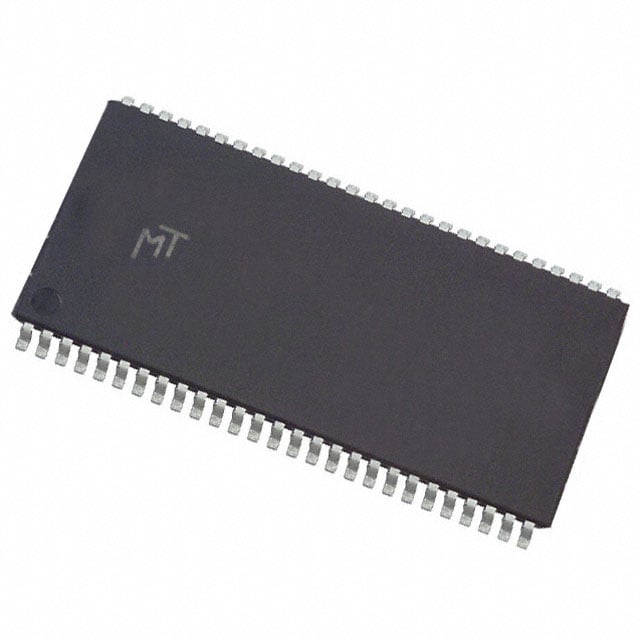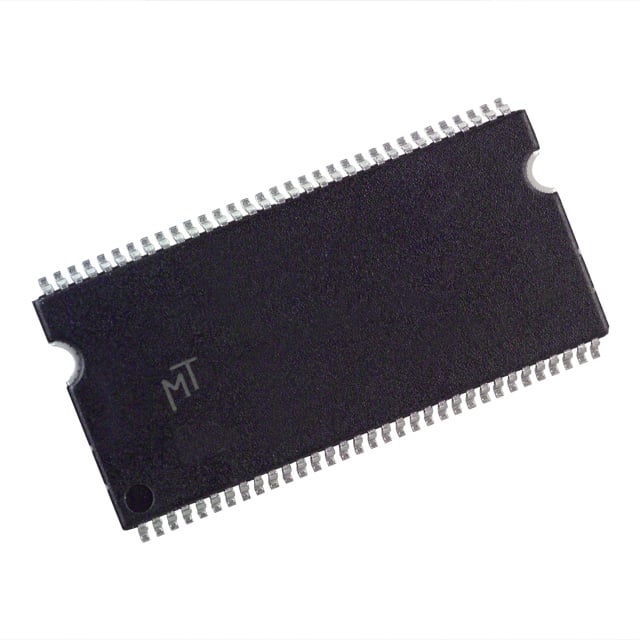Introduction to DDR4
 2022-02-16 11:50:00
2022-02-16 11:50:00  625
625DDR4 overview
DDR 4 Synchronous Dynamic Random Access Memory (DDR4 SDRAM) is a synchronous Dynamic Random Access Memory with a high bandwidth ("double data rate") interface.
Launched in 2014, it is a variant of Dynamic Random Access Memory (DRAM), some of which has been in use since the early 1970s and is the successor to DDR2 and DDR3 technologies.
DDR4 is not compatible with any earlier type of random-access memory (RAM) due to different signal voltages and physical interfaces, among other factors.
DDR4 SDRAM was released to the public market in the second quarter of 2014 with a focus on ECC memory. The DDR4 module became available in the third quarter of 2014 with the introduction of the Haswell-E processor, which required DDR4 memory.
DDR4 features
The main advantages of DDR4 over its predecessor, DDR3, include higher module density and lower voltage requirements, as well as higher data transfer speeds. The DDR4 standard allows DIMMs with capacities up to 64 GB, while DDR3 has a maximum capacity of 16 GB per DIMM.
Unlike previous generations of DDR memory, the use of prefetches above 3n in DDR8 has not increased; The base burst size is eight 8-bit words, and higher bandwidth is achieved by sending more read/write commands per second. To do this, the standard divides DRAM groups into two or four selectable group groups,[64] which allows faster transfers to different group groups.
Because power dissipation increases with speed, the reduced voltage allows higher speeds to operate without unreasonable power and cooling requirements.
DDR4 operates at 1.2 V at frequencies between 800 and 1600 MHz (DDR4-1600 to DDR4-3200) and frequencies between 400 and 1067 MHz (DDR3-800 to DDR3-2133) and DDR3's 1.5 V requirements. Due to the nature of DDR, speeds are often advertised as twice as fast as these numbers (DDR3-1600 and DDR4-2400 are common, and DDR4-3200, DDR4-4800, and DDR4-5000 are expensive). Unlike DDR3L, the 1.35 V low-voltage standard DDR3L of DDR4, DDR4 does not have a DDR<>L low-voltage version.
Market awareness and adoption of DDR4
In April 2013, news contributors to International Data Group (IDG), an American technology research firm originally part of IDC, analyzed their views on DDR4 SDRAM. The conclusion is that the growing popularity of mobile computing and other devices that use slower but less powerful memory, slower growth in the traditional desktop computing space, and consolidation in the memory manufacturing market mean that RAM margins are declining. Tight.
As a result, the expected premium for new technologies is difficult to achieve, and capacity has been transferred to other areas. SDRAM makers and chipset makers are somewhat "caught in a dilemma," says Mike Howard of "no one wants to pay a premium for DDR4 products, and manufacturers don't want to make iSuppli if they don't plan to make memory." As a result, the shift in consumer sentiment toward desktop computing and the release of processors with DDR4 support by Intel and AMD could lead to "aggressive" growth.
Intel's 2014 Haswell Roadmap reveals the company's first use of DDR4 SDRAM in a Haswell-EP processor.
AMD's Ryzen processors, released in 2016 and shipped in 2017, use DDR4 SDRAM.








